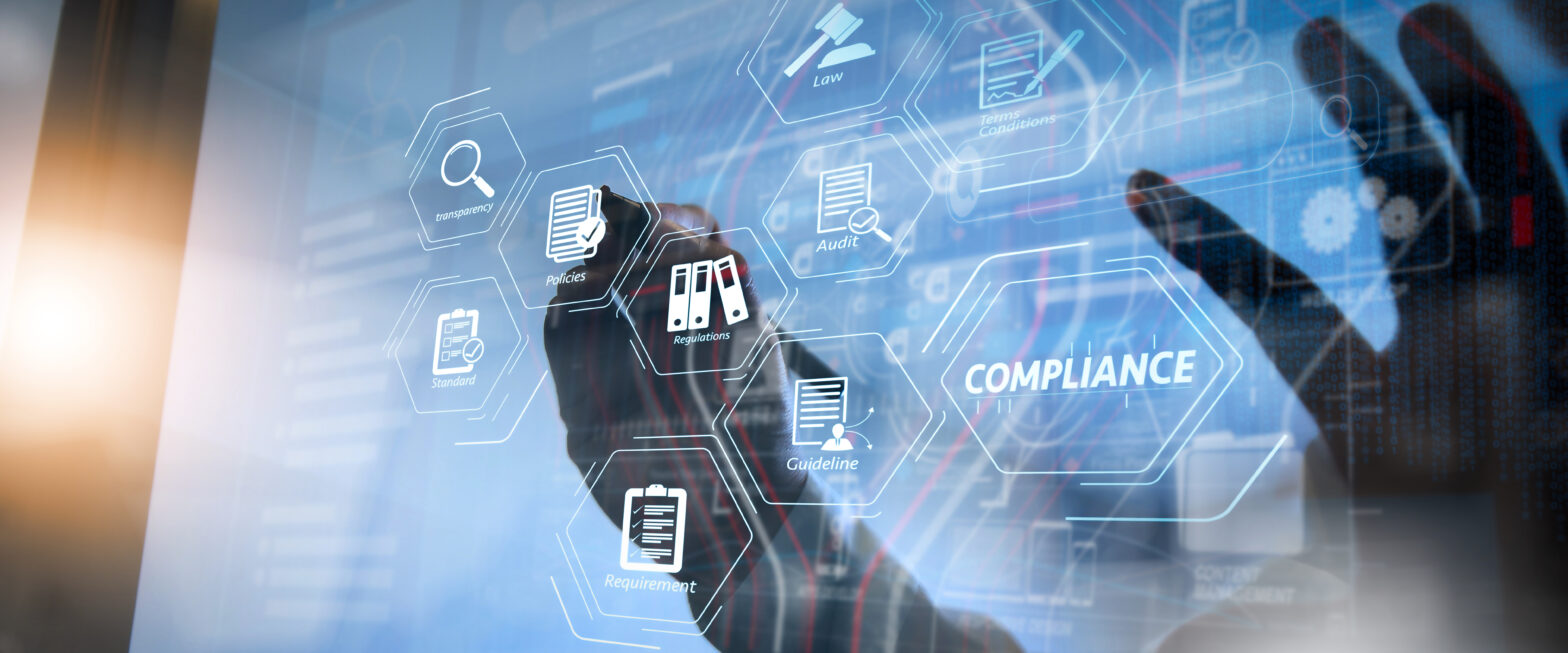The prospective tech sector trends identified by Gartner are predicted to impact tech customers, buyers, products, ecosystems, business models and operating models globally for at least the next three years.
As operations across all verticals become increasingly digitalised, the trends reflect three overarching themes: increased reliance on technology; new opportunities emerging through technology; and the impact of external macro forces.
Along with increasing competition for long-term customers, tech leaders will need to be ready for any impacts that occur across the tech sector and beyond, including resource shortages and global political conflicts that can affect trade.
“The march of digitalisation continues even amidst disruption, and technology providers have a leading role to play,” said Rajesh Kandaswamy, distinguished vice-president analyst and Fellow at Gartner.
“In 2023, product leaders and technology executives must balance short-term planning with long-term strategy to stay ahead of the immediate shocks to the economy and the underlying ‘permacrisis’ forces shaping business.”
Here are the nine major tech industry trends that Gartner sees impacting tech companies of all sizes and focuses by 2025.
Co-innovation ecosystems
The emerging co-innovation ecosystem approach allows for convergence of internal, external, collaborative and co-creative ideas to create new value.
Organisations are actively using tech to differentiate themselves from the competition, leading to increased co-innovation with tech providers as a result.
“With a co-innovation partner ecosystem, technology providers can meet pressing customer needs through use of shared skills, technology expertise, investment and incentives,” said Kandaswamy.
>See also: Top tips for entering an IT partnership for the first time
Democratisation of technology
The democratisation of tech across the organisation empowers non-IT staff to find, select, implement and custom fit their own capabilities.
This trend offers opportunities to meet the evolving needs of a new set of citizen developers and business technologists.
Gartner predicts that by 2025, 55 per cent of all successful emerging technology solutions will be delivered to “non-traditional” buyers – for example, outside IT – within enterprises, helping vendors to expand into new markets and forge new customer relationships.
Digital marketplaces
Technology buyers are embracing digital marketplaces to easily find, procure, implement and integrate tech solutions.
Additionally, non-tech buyers are increasingly looking to these marketplaces to meet their requirements for more accessible capabilities.
Kandaswamy explained: “Technology and service providers are increasing their investment in marketplace channels as they seek growth opportunities and competitive advantage.
“A digital marketplace accelerates time to market, extends outreach to target segments, expands partner ecosystems and speeds up the sales cycle.”
Federated enterprise tech buying
A federated buying process entails IT purchase decisions being made by representatives across the business.
Driven by the aforementioned democratisation of technology, federated enterprise tech buying is accelerating, with just 26 per cent of tech buyers reporting that purchases are funded solely by IT, according to a recent Gartner study.
“Federated buying creates opportunities for product leaders as it enables a focus on more value-added services for business customers,” said Emil Berthelsen, vice-president analyst at Gartner.
“However, it also adds complexity, forcing changes to go-to-market models and demanding a greater focus on value scenarios and outcomes.”
Intelligent applications
Intelligent applications will create value and disrupt markets by learning, adapting and generating new ideas and outcomes.
For example, generative artificial intelligence (AI) is an emerging technology quickly gaining traction for commercial use within intelligent applications, as demonstrated with the rising prominence of the likes of ChatGPT.
Generative AI can produce novel media content (including text, image, video and audio), synthetic data and models of physical objects.
“Product leaders should expect generative AI features that empower workforces with augmented and creative capabilities to be a new competitive front in intelligent applications,” said Kandaswamy.
>See also: How AI search as a service is overcoming the unstructured data challenge
The metaverse for marketing and customer experience
Metaverse technologies are rapidly gaining traction in marketing for creating unique experiences, impactful interactions and novel engagement.
According to Gartner, over 40 per cent of large organisations globally will be utilising a combination of Web3, spatial computing and digital twins in metaverse-based projects aimed at increasing revenue by 2027
“B2B marketers have an opportunity to apply metaverse technologies and the immersive experiences they provide to expand customer reach and engagement and improve CX,” said Kandaswamy.
“Early adopters are using metaverse technologies to host events in virtual spaces, conduct internal and external sales meetings, showcase products and more.”
Product-led growth
A product-led growth (PLG) go-to-market strategy is typically led by free product offers, or interactive or automated demonstrations, for end-users.
Once products have been experienced, users are either converted directly to paid accounts, or their advocacy and influence helps to drive purchases.
By 2025, Gartner predicts 95 per cent of software-as-a-service (SaaS) providers to employ a form of self-service PLG for new customer acquisition.
Kandaswamy commented: “PLG is hitting its stride in B2B after much acclaim in the B2C technology world. It can reduce cost to acquire customers and shorter sales cycles relative to traditional buyer-oriented, top-down marketing and sales strategies.”
Sustainability
Tech providers will need to improve their product sustainability to properly enable sustainable business outcomes.
A recent Gartner survey found that 42 per cent of leaders are currently leveraging sustainability activities to drive innovation, differentiation and enterprise growth through sustainable products.
Gartner predicts that by 2025, tech providers that can quantify their offering’s positive contribution to customers’ sustainability objectives will increase their win rate by 20 per cent.
“Sustainable business has transformed into a ‘must have’ rather than a ‘nice to have,’” said Kandaswamy.
“In an increasingly technology-driven world, sustainable business is underpinned by sustainable technology.”
>See also: Trends in data centre sustainability
Techno-nationalism
Finally, mercantilism — economic nationalism that looks to utilise restrictive trade practices — is causing global markets to become increasingly local, impacting global technology ecosystems.
Policy decisions are driving countries to implement of digital sovereignty regulations, causing a divergence of technology stacks.
In response, product leaders will need to balance specific country-level localisation needs and product profitability.
Related:
Business and tech leadership predictions 2023 — Leadership of business and tech is set to continue evolving in line with customer and workforce needs. Here are six expert predictions for what 2023 will hold.
Emerging sustainable technologies – expert predictions — In this article, we look at expert predictions for emerging tech.







